Few things are more exciting than adding special pieces to a collection. Whether you collect artifacts, ancient coins, fossils, minerals, crystals or other antiquities from around the world, Ancient Artifacts & Treasures, Inc. has the inventory selection for you.
A meteorite is a solid piece of debris from an object, such as a comet, asteroid, or meteoroid, that originates in outer space and survives its passage through the atmosphere to land on the surface of a planet or a moon.
Most meteorites are stony meteorites, classed as chondrites and achondrites. Only about 6% of meteorites are iron meteorites or a blend of rock and metal, the stony-iron meteorites.
About 5% of meteorites that have been seen to fall are iron meteorites composed of iron- nickel alloys
About 1% are stony-iron meteorites. This includes the pallasites which are iron containing crystals of peridot.
Tektites (from Greek τηκτός tēktós, “molten”) are gravel-sized bodies composed of black, green, brown, or gray natural glass They are not meteorites but are formed by the impacts of large meteorites on Earth’s surface. Tektites are found in a number of places around the world, with several being very popular:
Moldavite, from the Czech Republic, is a greenish gem quality tektite.
Libyan desert glass, another tektite, was formed from a meteorite striking near the border of Libya and Egypt. King Tut had a scarab made from Libyan desert glass on his chest when Howard Carter discovered his tomb.
Showing 1–16 of 22 results
-

Campo del Cielo Meteorite
$35.00 Add to cart -

Campo del Cielo Meteorite
$25.00 Add to cart -

Campo Del Cielo meteorite
$8.00 Add to cart -

Canyon Diablo Meteorite
$30.00 Add to cart -
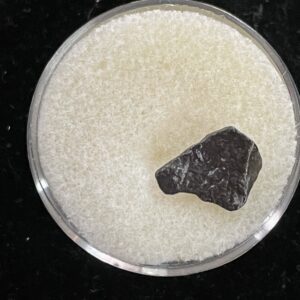
Gibeon Meteorite
$10.00 Add to cart -
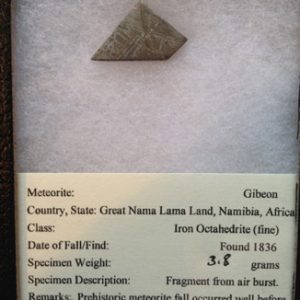
Gibeon Meteorite Slice
$35.00 Add to cart -
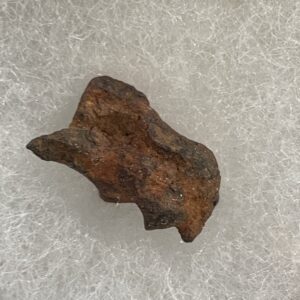
Henbury Meteorite – Australia
$35.00 Add to cart -
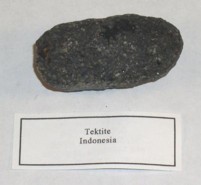
Indonesian Tektite
$12.00 Add to cart -
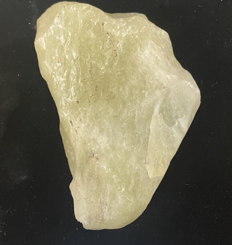
Libyan Desert Glass 1510 cts
$950.00 Add to cart -

Meteorite Pendant – Campo del Cielo
$30.00 Add to cart -
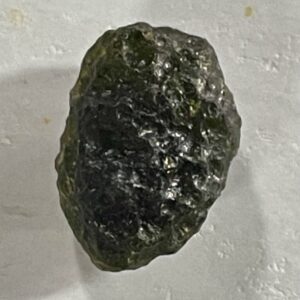
Moldavite
$45.00 Add to cart -
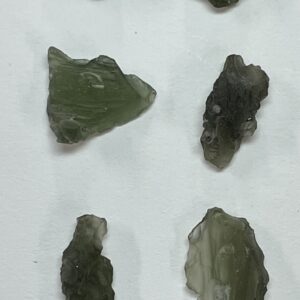
Moldavite
$38.00 Add to cart -
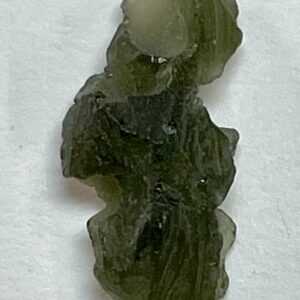
Moldavite 10.5 cts
$53.00 Add to cart -

Moldavite 12.5 cts
$63.00 Add to cart -
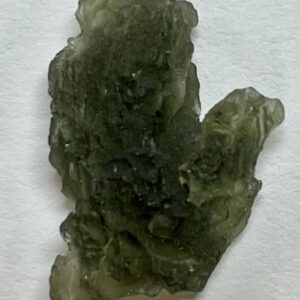
Moldavite 14.5 cts
$110.00 Add to cart -
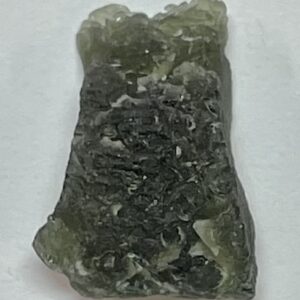
Moldavite 29.5 cts
$148.00 Add to cart


